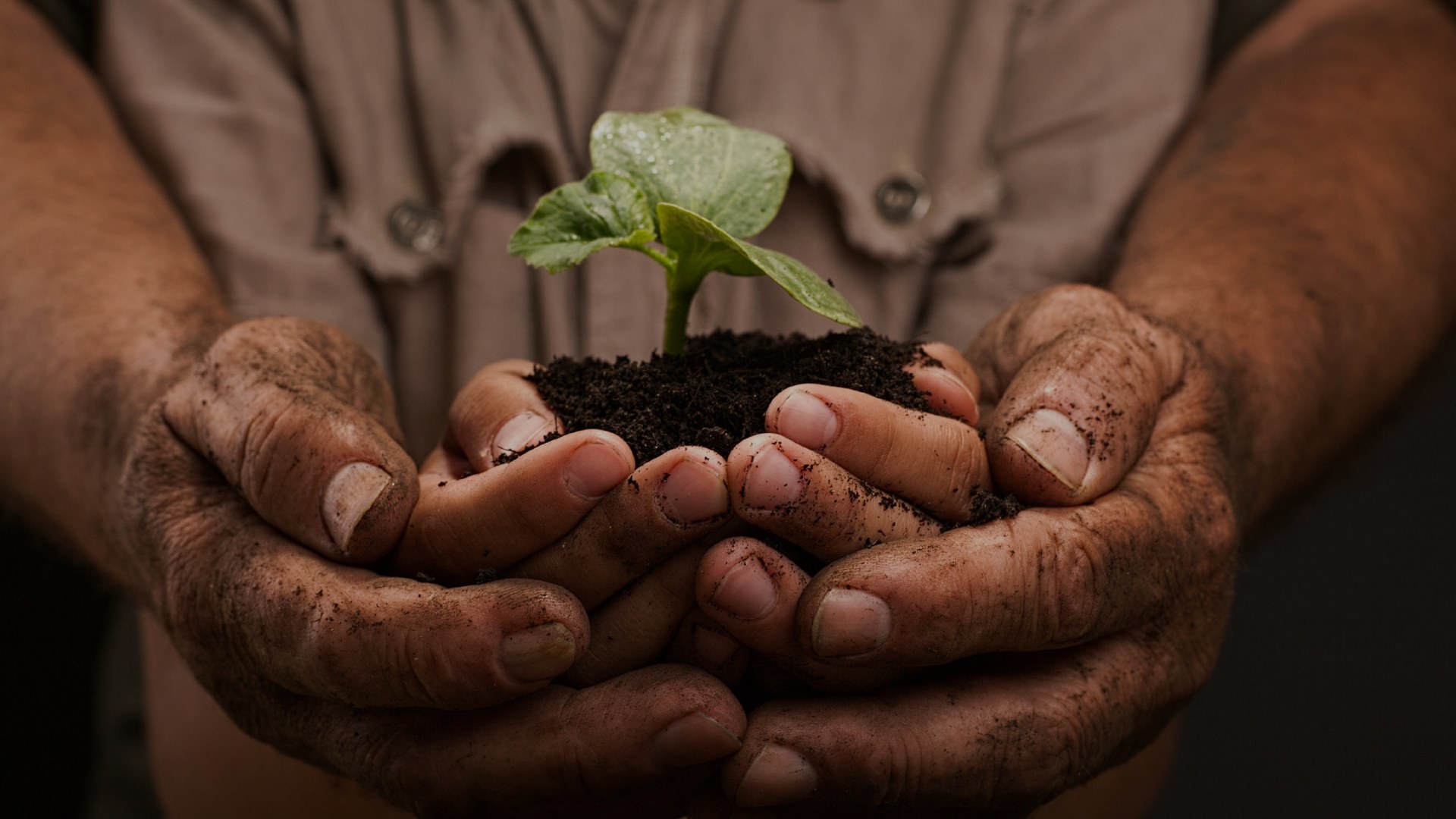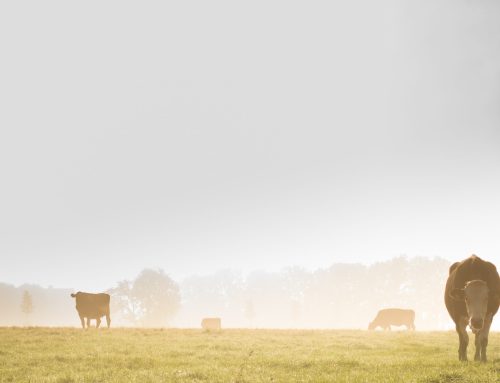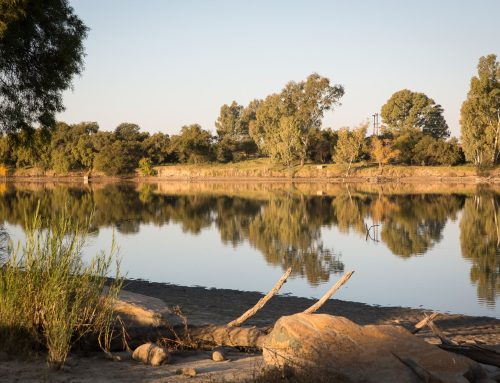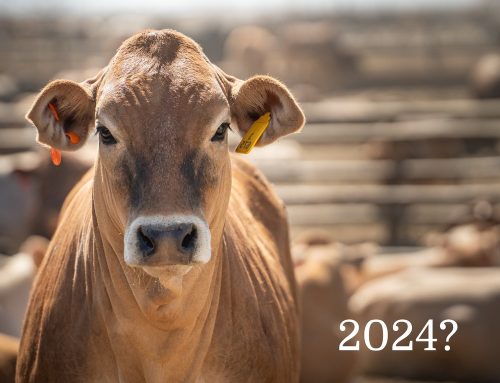Be the ant, not the grasshopper
December 2021: Cattle and other livestock farmers have had a bumper year raking in huge profits, partly thanks to high weaner prices.
“After more than seven years of suffering due to a debilitating drought, farmers’ hard work is finally being recognised in the form of financial windfalls. This positive occurrence will benefit the entire industry and economy, should it persist. We congratulate farmers for achieving great results this year,” says Roelie van Reenen, supply chain executive at Beefmaster Group, a leading specialist supplier of beef products to South Africa and global markets.
South Africa reported a booming agricultural climate in 2021, having grown by 13,4% year on year in 2020, and is expected to grow further by 7,6% year on year in 2021.
“There have also been fewer weaners available, which has helped farmers fetch higher prices for their stock, resulting in in overall improved financial picture for farmers,” says van Reenen.
However, with input costs like animal feed prices expected to rise radically in 2022, Van Reenen says that it is likely that the overhead cost structure may change, and the value of livestock production may decrease. In other words, it is likely going to be more expensive to produce an animal in 2022 and industry players may not see an increase in profits.
“All players in this sector would be wise to proceed with cautious optimism given the uncertain climate, and ensure that they make adequate provisions for the future,” says van Reenen.
He adds that industry must also consider the current environment. Fuel prices are expected to rise dramatically before the end of this year, and well into 2022. Furthermore, the cost of living is likely to increase given the predictions of a rising interest rate climate. This comes off the back of the recent announcement by the SA Reserve Bank, which saw it raise the interest rate by 25 basis points. It is predicted that towards the end of 2022, the repo rate could stand at 4.5% to 4.75%, and the prime lending could be 8 to 8.25%.
“We must be mindful that the upward trajectory of the cost of raw materials means that equipment, animal feed, fuel and everyday goods are going to become more expensive,” says van Reenen.
To gear up for 2022, industry players should understand how much it costs to produce an animal, and then focus on scaling up production. By doing this, the farmer will benefit from a reduced fixed cost per unit as a result of a better economies of scale.
“Due to the higher supply expected, we are likely to see a decline in the value of the weaner. If the overhead structure is fixed, you need more revenue to cover that. The only way to mitigate this is to produce more,” says van Reenen.
He adds that it may be also be a good idea to re-invest windfall profits back into biological assets.
“Things can change for the worst. We must be conservative and plan for tougher times. The best thing this industry can do, including beef producers, its supply chain, and farmers is to be like the ant in the classic children’s fable, rather than the grasshopper, who didn’t understand the need for preparing for the future,” concludes van Reenen.
